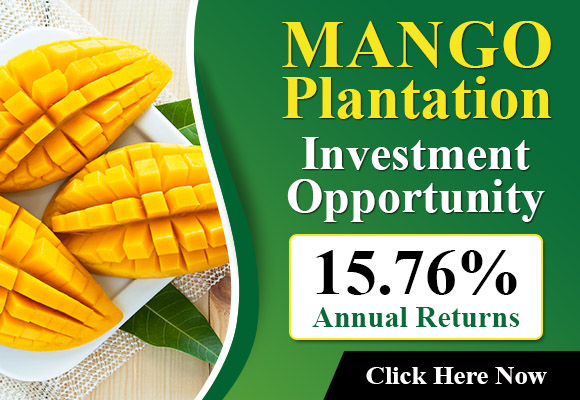It is the Pink Star raspberry is the new release in Agrovision’s portfolio. Agrovision portfolio, according to Agrovision’s Managing Director Europe Stefan Spanjaard. “Although blueberries are our primary goal, this is in line with our desire to pursue an overall strategy. In addition to blueberries, we’re looking to build a large product. We want to be an internationally-respected berry producer. The ability to provide different kinds of blueberries, and raspberries, like and blackberries, can make it appealing for customers to make one purchase for three different products.” the man starts.
The new variety is the result of the merger of Earth Market, a French breeding business. Agrovision and the – to the French market and Berrynest, to cater to the organic market is among three companies offering this new variety on the market.
Variety that is exclusive
“Our primary concern is high-quality, which is contingent on the quality of the fruit. We’re betting on it with this unique raspberry variety similar to what we have when we use Fall Creek Sekoya program blueberries. By having a special variety, it is possible to play and play them to your preference.” Pink Star raspberries are cultivated in Morocco as well as Mexico.
The strides are being created using blueberries. In fact, it has been announced that the plantation on the continents of India, Chile, and China has already begun or is set to begin. Blueberries are also being cultivated in Romania as well, with production growing across the Americas. “We’re shifting from being the perspective of a Peruvian cultivation business to one that is global. It’s the best decision in the best moment to create departments for marketing and sales across the globe to ensure that we are most effectively serving the needs of the growers we are and also our growers’ strategic partners,” says Stefan.
Potential for growth
The analyst sees potential for growth in blueberries. He also points out that there are many countries in which its consumption is lower than what is seen in that of the United States or some European nations. “That is the case for France. Emerging markets like the Middle East, the Caucasus countries and Southeast Asia offer opportunities, as well. These regions are extremely attracted by good quality fruit. Of course the potential is huge to grow in China. However, the development of markets is dependent on an appropriate supply of marketing and supply.”
The first step here is the cultivation that is driven by market forces, which focuses on most desirable varieties. Stefan clarifies, stating: “Where are we going to plant, who will we cultivate and for what reason? These factors play an important role. The same thing results in disappointments for consumers isn’t going to help us move ahead. Exclusive, distinct, non-transferable types are the best way to go.” This means that the emphasis is always forward. “We are blessed with a good selection of variety right now, but what’s appealing today might not be enough within five or ten years. This is why we keep closely in contact with breeders” He adds.
Make sure you pay attention to the size
Stefan mentions that the current emphasis is on the size. “Larger blueberries improve cultivation and the newest Sekoya varieties are a delightful dining taste.” The researcher also believes that factors such as yield, sensitivity to transportation as well as different flavors to suit different market segments are crucial when it comes to breeding blueberries. “We have to convince customers and sellers away from the notion that large berries can be dangerous in terms of the softness or mealiness. The perception of this is based on traditional kinds. The latest ones including Sekoya in the lead offer the ultimate eating experience using large fruits. A large portion of the production is usually the sizes of 18mm+ and 22mm+,” says Spanjaard.
He continues to argue that the ability to operate without a lot of inputs is crucial. This is based on things such as water consumption and plant’s fertilizer or nutrient demands. “Just just as people have different nutrients, we’re trying to figure out the requirements for each different varieties. This is a challenge as well as opportunities to better coordinate the activities across the entire crop to ensure that the same quality or better from less input.”
Afraid to put money down early
Stefan observes that, in addition to working, water supply is being squeezed. Agrovision has made sure that water is available for production areas in nations like Peru as well as Morocco which could cause problems. Alongside ensuring that areas have water access and irrigation, they also employ water-saving farming methods, such as in Morocco and Peru, where the desalination of salt water is a solution to the problem of a shortage of freshwater. “There is a cost associated with this process, but in the end the loss of production because of a lack of supply of water is always more expensive than investing upfront. However, it is a debate aspect for the foreseeable future,” he reckons.
They’re looking for innovative solutions for other fields also. “We’re using modern technology.” Agrovision For instance, utilizes AI for forecasting logistic planning and also to increase shelf lives. “We’re an innovative firm. This is what helps us to improve the efficiency of our processes.”
Experience with brands
“We more and more focus on brand awareness. It is true that the United States and China are brands-driven nations,” says Stefan Spanjaard. This is the reason why Agrovision has introduced The Big Skye and The Fruitist “Jumbo” brand names. Agrovision intends to leverage this brand’s name recognition to gain access to new segments and markets, such as greengrocers. “We present our company and our brand very carefully,” Stefan said.
Stefan Spanjaard
 Agrovision Europe
Agrovision Europe
+31 (0)6 558 133 36
stefan.spanjaard@agrovisionfresh.com
www.agrovisionfresh.com
Source: The Plantations International Agroforestry Group of Companies
